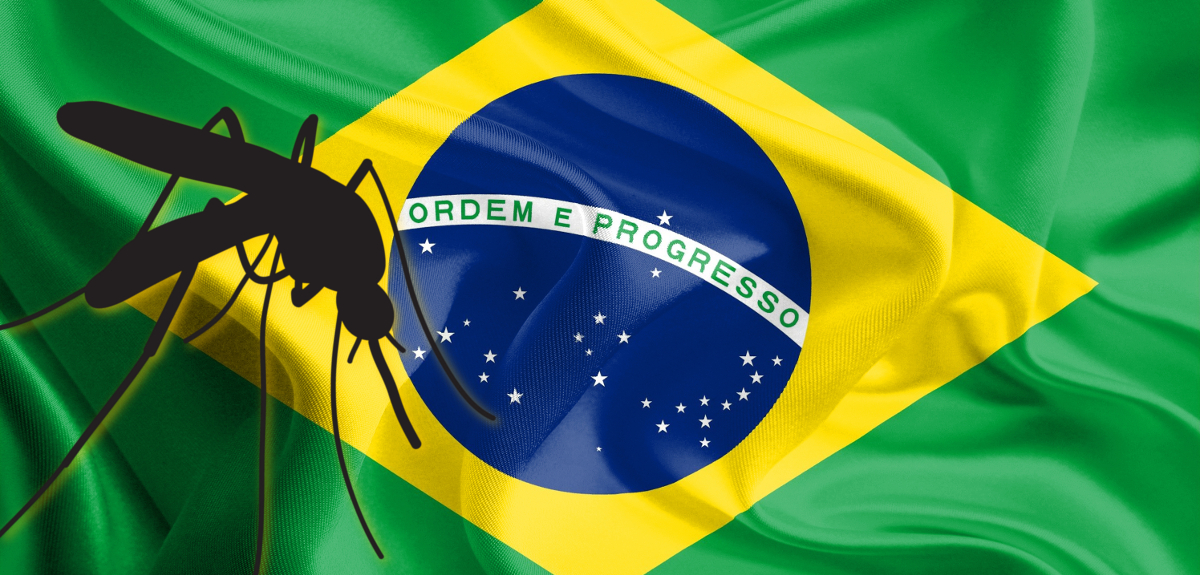The first genome analysis of the Zika virus outbreak in Brazil, which has been potentially linked to the birth condition microcephaly, offers new information on how and when the virus might have entered the Americas.
Scientists from the University of Oxford (UK) and the Evandro Chagas Institute (Brazil), along with collaborators from a number of other institutions, sequenced seven genomes of the Brazilian Zika virus (ZIKV), including one fatal adult case and one newborn with microcephaly.
The analysis shows that Zika virus in the Americas arose from a single introduction, estimated to have occurred between May and December 2013, more than 12 months prior to the first detection of ZIKV in Brazil.
This estimated date of origin coincides with an increase in air passengers to Brazil from ZIKV-endemic areas, and also with reported outbreaks in the Pacific Islands. One hypothesis discussed by the researchers involves virus introduction during the Confederations Cup soccer tournament, which involved French Polynesian participation from Tahiti.
Municipality-level analysis indicates that reports of suspected microcephaly in Brazil best correlate with ZIKV incidence around week 17 of pregnancy (or week 14 for severe microcephaly) – although the researchers stress that this does not demonstrate causation. Work is ongoing to establish whether or not ZIKV is a causal factor in microcephaly and other conditions.
Brazil has experienced an unprecedented epidemic of the Zika virus, with around 30,000 cases reported to date.
The research is published in the journal Science.
Professor Oliver Pybus, a biologist in Oxford University's Department of Zoology, said: 'We looked at broad-scale patterns of human movement and focused on air passengers who travelled to Brazil from countries that had reported Zika since 2012.
'From late 2012 onwards, there was a 50% rise in the number of passengers travelling to Brazil from countries with Zika.
'Although the American outbreak virus is most closely related to a strain from French Polynesia, it's also possible that Zika was introduced separately to the Americas and French Polynesia from South East Asia. To better understand Zika transmission history, we need more information about the epidemiology and genetic diversity of Zika viruses in South East Asia.'
Dr Nuno Faria of the University of Oxford and the Evandro Chagas Institute said: 'This is the first study into the Zika outbreak in Brazil using genomic data, and it gives us a good baseline for future research.
'We tried to address some of the hypotheses being put forward – for example, analysing the correlation between Zika and microcephaly. We found some spatial and temporal correlation consistent with this hypothesis, but to test the link conclusively we must wait for case-control epidemiological studies to be completed.
'There is a lot of work still to be done in terms of tracking and predicting the spread of Zika in Brazil. We will have a much better picture of the virus later this year.'
Dr Márcio Nunes of the Evandro Chagas Institute said: 'Our genome sequencing efforts have provided a clearer picture of the Zika virus in Brazil. However, more genomic data are urgently needed to understand the origin, spatial spread and evolution of the virus in the Americas and in Brazil.'
Dr Pedro Vasconcelos of the Evandro Chagas Institute said: 'At present, 22 out 27 Brazilian states and Federal District have reported autochthonous cases of Zika virus, which means that upwards of 80% of the population is at risk of infection. The Brazilian Ministry of Health has estimated that between 0.5 million and 1.5 million people were infected by Zika during 2015. Approximately 4,000 suspected cases of microcephaly were reported, with 500 being linked to Zika virus. Finally, several cases of stillbirth and deaths of newborns with Zika virus were confirmed, as well as at least three Zika-related deaths of people with autoimmune disorders.
'Zika therefore represents a serious threat to the country. Accordingly, actions to prevent or minimize its occurrence need to be implemented as quickly as possible in Brazil and other Latin American and Caribbean countries where the virus is endemic.'
